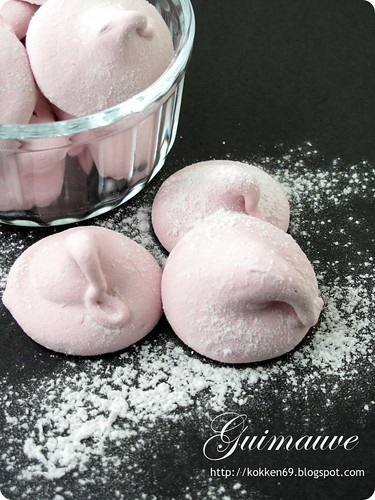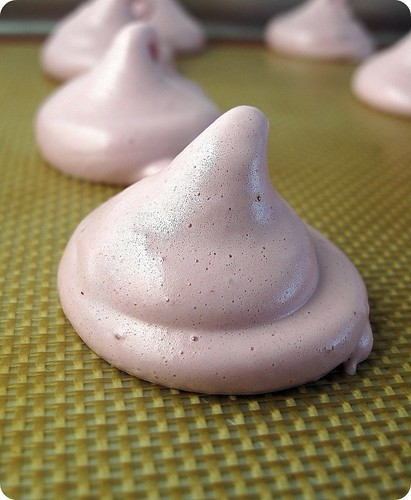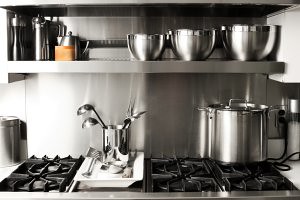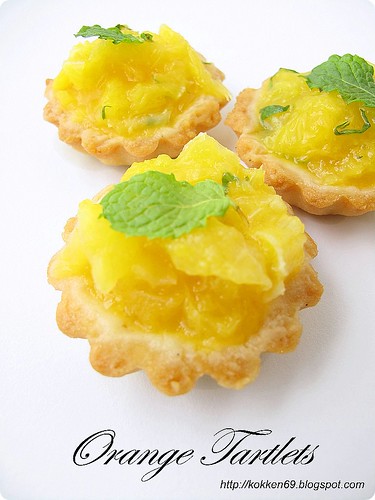
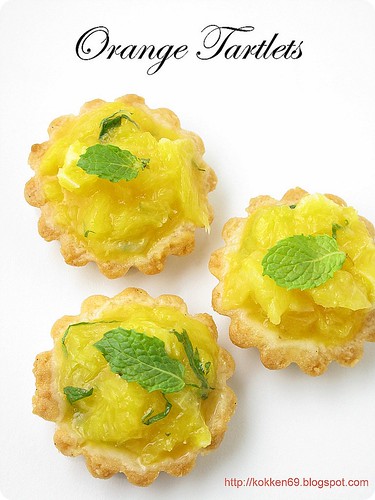
I believe most avid cooks/bakers share the same insatiable impulse to possess every glossy and delicious looking cookbook that crosses their path.Before we know it, the book shelf is spilling over with the 4th cookbook dedicated solely to chiffon cake, the 6th cookbook on chocolate desserts....
I have not dared to count the number of cook books I own but I grimace whenever I look at my book shelf nowadays. I am running out of space. The shelves are looking more cluttered and I am guilt ridden when I know that most of them had not been put to good use. I have this constant reminder to myself, that, for all the money I have spent on these recipes, I have to cook at least one dish from each book. So it is with this dogged determination that I pulled down 'Desserts By Pierre Herme' from the shelf.
I had bought this very successful and popular cookbook by the Dessert Demigod some 2 years ago. It was scarce then, with very few availability on Amazon and it was the only cookbook which appeared to appreciate in value with time. (The used book was more expensive than the new one and I couldn't find any new books anywhere...) Doris Greenspan, with whom Dessert Demigod collaborated, wrote the book. Her instructions were clear and comprehensive. Actually, most of the recipes in this book are quite doable. I chose to experiment with the Orange Tartlet because it looked easy and also because I have never made any tarts or pies.
This tart is really meant for petit fours hence I can finally use my petit four moulds which I bought at Williams & Sonoma a couple of years back in the US.
I really love the filling of this tartlet.It is so simple and yet startling. The chopped oranges bind with marmalade, tossed with slivers of mint is refreshing, spritely and juicy. Since these are made into bite-size, every pop in the mouth yields a breezy burst of cool flavours.
I am overall quite pleased with the results of this first attempt. However, if I were to repeat this, I will choose to work with a more viscous orange marmalade.The marmalade I used this time was more liquid - I should have tried to evaporate off the liquid over a saucepan to thicken it. Free of any pastry cream filling, I could pop 4 tarts in a row without feeling guilty or heavy.

Recipe
the orange
2 2/3cups water
4 large oranges
2tbsp sugar
1/2 cup Sweet Marmalade
20 Fresh mint leaves, very finely sliced.
the shells
142g unsalted butter
75g icing sugar
50g Almond powder
1/4tsp salt
1/4tsp vanilla bean pulp
1 large egg, lightly beaten
245g all-purpose flour
Method1. Orange : Peel orange and remove all pith. Slice oranges crosswise into thin rounds and place in a stainless steel bowl. In a heavy saucepan, boil sugar with water. Immediately pour sugar solution over orange slices,cover with cling film and cool to room temperature. Transfer to refrigerator. Allow orange to marinate for at least 24hours.
2. Tart shell: Beat butter using a mixer fitted with paddle attachment at lowest speed until butter is creamy. Add powdered sugar,almond powder, vanilla essence salt and egg. Continue to mix at low speed until well combined. With setting on low speed add flour in 3 or 4 additions and mix until flour is well combined. Form the dough into a ball and refrigerate.
3. Roll out dough into 0.4-0.5cm thickness. Cut rolled out dough with disk cutter and fit into tart mould. Trim edges.
Chill the unbaked shells for 30mins. Bake at 180C for 15mins. Cool and demould.
4. Assemble: Drain orange and pat dry with kitchen towel. Chop the orange into irregular pieces. Mix with 1/2 cup sweet orange marmalade. Toss mint slices with orange/marmalade. Fill tart shells with orange filling and garnish with mint leaf.


